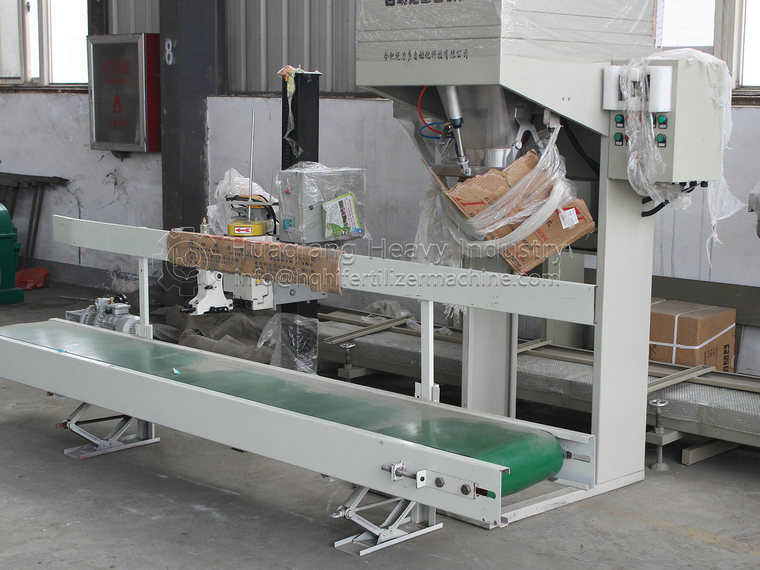From the perspective of a cattle farm, cow manure is a form of waste. Can cow manure be further developed and fully utilized? It has become a concern for people. But currently, this issue is no longer a difficult one. With the emergence of various advocacy and encouragement policies by the country and various regions to develop the organic fertilizer industry, the timing for the large-scale and industrialized development of cow manure commercial organic fertilizer has become more mature..jpg)
What organic fertilizer equipment is needed to make cow manure into organic fertilizer?
Step 1: Tank fermentation equipment
Collect cow manure and urine, mix them with hay and rotten silage to make compost, and let it ferment. Using an organic fertilizer composting machine to fully ferment cow manure during fermentation can only be achieved through timely and uniform composting. Some places are very dry now, while others are very wet, which can affect the quality of fermentation.
Step 2: Material crushing equipment
Wet material crusher is a crushing equipment that crushes high humidity, multi fiber substances. Utilizing high-speed rotating blades to crush fibers with good particle size and high energy. Semi wet material crushers are commonly used in the production and processing of organic fertilizers, and have good effects on crushing raw materials such as chicken manure and humic acid sodium.
Step 3: Mixing and stirring equipment
The organic fertilizer mixer has a fast mixing speed and good uniformity, and can mix viscous materials with 30% added liquid. During operation, there are two opposite rotating rotor blades stirred in the middle. Due to the multiple special angles of the blade, regardless of the shape of the material. What is the size and density. They can mix quickly and effectively. Adopting a lower door for fast unloading speed and minimal residue.
The harmless treatment of feces is achieved by using scientific methods to kill or remove pathogenic microorganisms and parasitic eggs in the organic fertilizer production line of cow manure in the breeding farm. At the same time, the fertilizer efficiency of the feces can be preserved, and the treated feces can meet the requirements of harmless hygiene standards.




.jpg)
.jpg)

.jpg)
